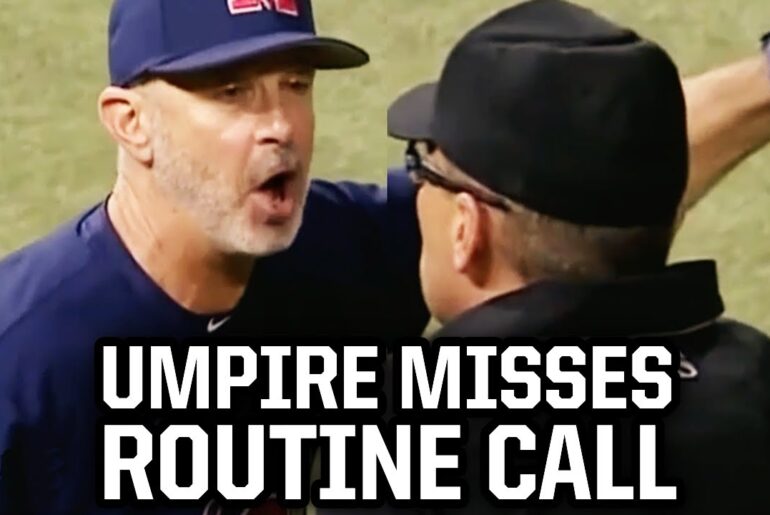In this breakdown, we will delve into the key elements that make a pitcher effective in baseball. Pitching is an art that requires a combination of skills and tactics. We will analyze the pitching performance of a specific pitcher and understand how he uses different pitches to his advantage.
The Pitcher’s Arsenal
To be a successful pitcher, one needs a diverse arsenal of pitches. Let’s begin by examining the specific pitches used by this pitcher and how they contribute to his success:
1. The Low Fastball: The pitcher relies on a low fastball as one of his primary weapons. This pitch is designed to entice the batter to swing, potentially leading to a ground ball or a swing-and-miss. Hitting the location is crucial.
2. The High Fastball: Complementing the low fastball is the high fastball. When the count is in the pitcher’s favor, a well-placed high fastball can be a powerful weapon, especially against right-handed batters.
3. Secondary Pitches: To keep the batters off balance, the pitcher incorporates secondary pitches like curveballs and sliders. These pitches vary in speed and movement, making it difficult for the batter to anticipate.
Establishing the Fastball
One essential aspect of the pitcher’s strategy is the need to establish the fastball early in the at-bat. This sets the stage for the effective use of secondary pitches. Here’s a closer look at the process:
– Low Fastball: The pitcher begins with a low fastball to make the batter swing. This pitch aims to exploit the batter’s desire to make contact.
– High Fastball: If the count allows, the pitcher follows up with a well-placed high fastball, making it challenging for the batter to react effectively.
– Secondary Pitches: With the batter’s focus on the fastball, the pitcher introduces secondary pitches, causing confusion and generating swings and misses.
The Importance of Location
Location is everything in pitching. Even with a not-so-fast fastball, pinpoint accuracy can make all the difference:
– The First Mistake: In a game against the Phillies, the pitcher made an unfortunate mistake by throwing a middle-middle 92 mph fastball as the first pitch. This error led to a home run, highlighting the significance of pitch placement.
– Learning from Mistakes: A high fastball at the right location can be a formidable weapon. However, the pitcher has to be cautious, especially during the first pitch of an at-bat, as mistakes can be costly.
Lessons from the Game
In a game against the Phillies, we witnessed the consequences of not adhering to these principles:
– Schwarber’s Blast: The pitcher’s first pitch to Schwarber, a middle-middle 92 mph fastball, was crushed for a home run. This emphasized the need to keep the ball out of the hitter’s sweet spot.
– Harper’s Birthday Home Run: Harper’s birthday home run resulted from a slightly misplaced fastball. It’s a reminder that every pitch must be carefully located, especially in critical moments.
– Casano’s Swing: A pitch down the middle of the plate was capitalised on by Casano, resulting in yet another home run. The lesson here is clear: juicy pitches in the zone are dangerous.
Visualizing the Pitches
To better understand the pitches thrown, we’ve provided overlays of both the pitches to Schwarber and Casano. These visuals highlight the location and reveal the need for precision in pitching.
Conclusion
In the world of baseball, successful pitching is a fine art that requires a combination of skill, strategy, and precise execution. This breakdown of a pitcher’s performance underscores the importance of pitch selection and location, which are crucial in keeping batters off balance and achieving success on the mound.
Remember, it’s not always about the speed of the pitch but the location and strategy behind it that can make a pitcher truly exceptional.



